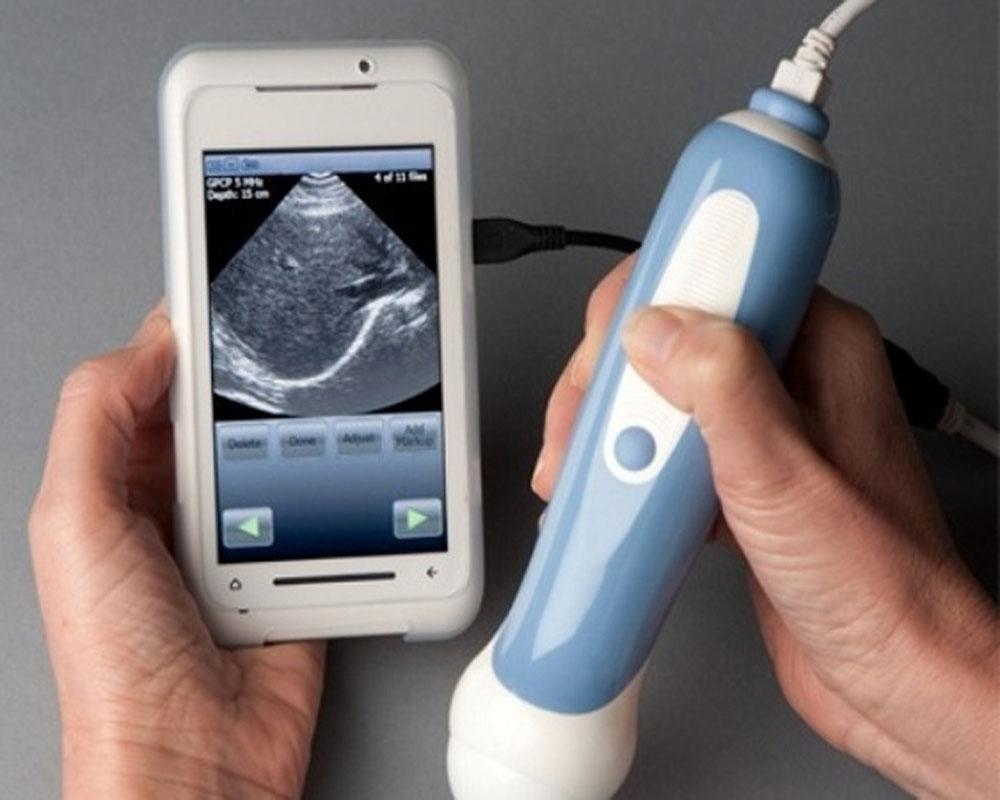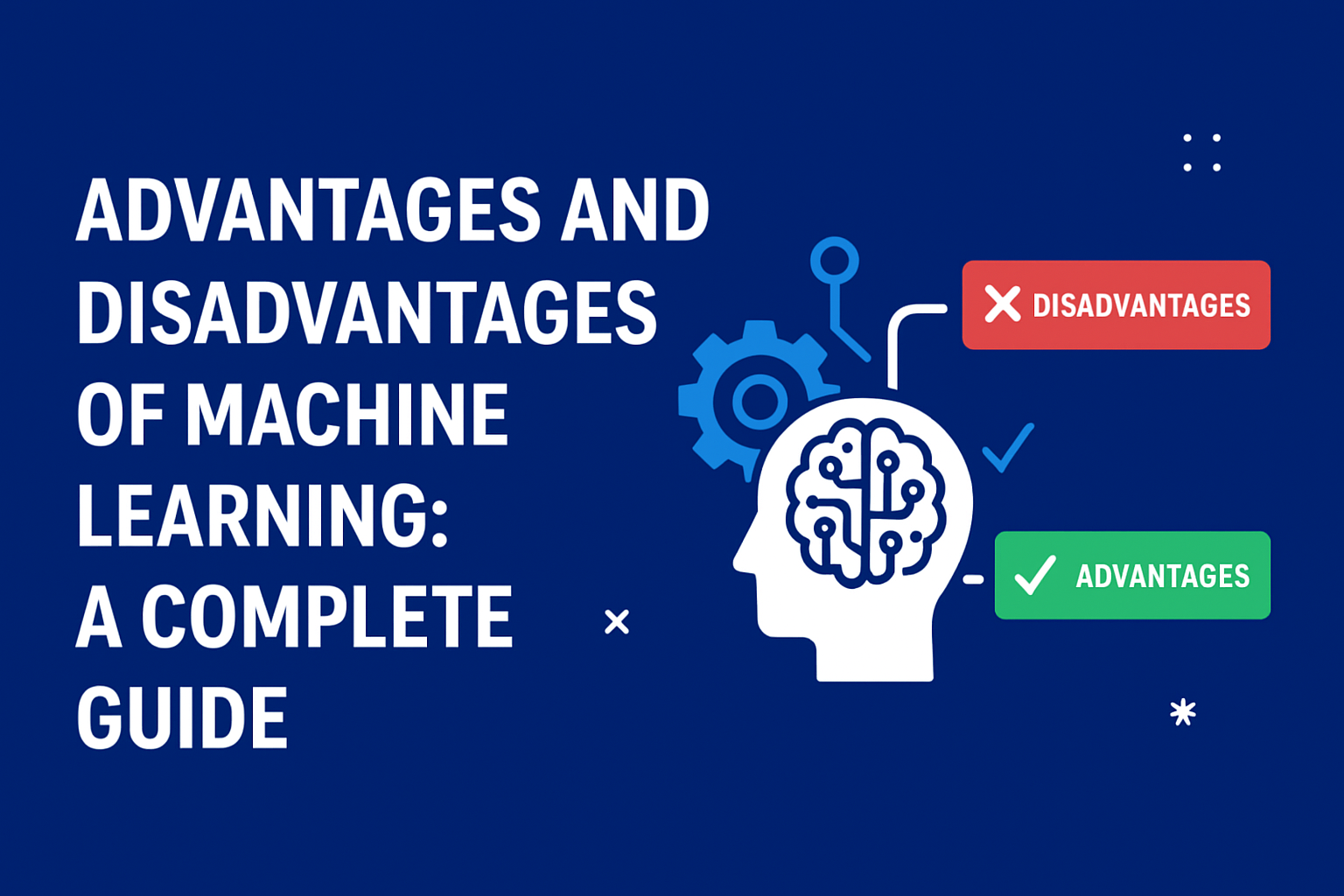Service BDC: Revolutionizing Dealership Service Operations

In the competitive landscape of automotive retail, dealerships are increasingly recognizing the pivotal role of a Service Business Development Center (Service BDC) in enhancing customer satisfaction, streamlining operations, and driving revenue growth. A Service BDC is a specialized department within a dealership that focuses on managing service-related customer interactions, including appointment scheduling, follow-ups, and customer retention initiatives.
What Is a Service BDC?
A Service BDC serves as the bridge between customers and the service department, ensuring seamless communication and efficient handling of service appointments. Unlike traditional service departments where customers directly interact with service advisors, a Service BDC centralizes customer interactions, allowing service advisors to focus on their core responsibilities.
Key functions of a Service BDC include:
-
Appointment Scheduling: Efficiently managing service appointments to optimize technician time and reduce customer wait times.
-
Follow-Up Communications: Engaging with customers post-service to ensure satisfaction and address any concerns.
-
Customer Retention Initiatives: Implementing strategies to encourage repeat business and build long-term customer relationships.
-
Recall and Maintenance Reminders: Proactively notifying customers about recalls, maintenance schedules, and service promotions.
Benefits of Implementing a Service BDC
-
Enhanced Customer Experience
A dedicated Service BDC ensures timely and personalized communication with customers, leading to improved satisfaction levels. By promptly addressing customer inquiries and concerns, dealerships can foster trust and loyalty.
-
Increased Service Revenue
Efficient appointment scheduling and follow-up communications can lead to higher service retention rates and increased revenue. By reminding customers about upcoming services and promotions, dealerships can boost service department profitability.
-
Optimized Technician Efficiency
By centralizing appointment scheduling, a Service BDC allows service advisors and technicians to focus on their core tasks, leading to improved productivity and reduced idle time.
-
Data-Driven Insights
A Service BDC collects and analyzes customer data, providing valuable insights into customer preferences, service history, and potential areas for improvement. This data can inform marketing strategies and operational decisions.
Key Components of a Successful Service BDC
-
Trained BDC Agents
BDC agents should possess strong communication skills, a deep understanding of the dealership's services, and the ability to handle customer inquiries professionally. Continuous training ensures agents stay updated on service offerings and best practices.
-
Integrated Technology Systems
Utilizing integrated Customer Relationship Management (CRM) and Dealer Management Systems (DMS) allows for seamless appointment scheduling, customer data management, and performance tracking.
-
Performance Metrics
Establishing key performance indicators (KPIs) such as appointment conversion rates, customer satisfaction scores, and revenue per service visit helps in evaluating the effectiveness of the Service BDC and identifying areas for improvement.
-
Proactive Communication Strategies
Implementing automated reminders, personalized follow-ups, and targeted promotions ensures consistent and proactive communication with customers, enhancing their overall experience.
Overcoming Challenges in Service BDC Implementation
While the benefits of a Service BDC are clear, dealerships may encounter challenges during implementation:
-
Staffing and Training: Recruiting and training qualified BDC agents can be resource-intensive. However, investing in skilled personnel pays off through improved customer interactions and increased service revenue.
-
Technology Integration: Integrating new systems with existing CRM and DMS platforms may require time and technical expertise. Collaborating with technology providers can facilitate smooth integration processes.
-
Customer Resistance: Some customers may prefer direct interactions with service advisors. Educating customers about the advantages of a Service BDC, such as quicker response times and personalized service, can help in overcoming resistance.
Future Trends in Service BDC Operations
The landscape of Service BDCs is evolving with advancements in technology and changing customer expectations:
-
Artificial Intelligence (AI) Integration: AI-powered chatbots and virtual assistants can handle routine inquiries and appointment scheduling, freeing up BDC agents to focus on complex customer interactions.
-
Omnichannel Communication: Customers expect seamless communication across various platforms, including phone, email, text, and social media. Implementing omnichannel strategies ensures consistent and convenient interactions.
-
Predictive Analytics: Leveraging data analytics to predict service needs and customer behavior allows dealerships to proactively address issues and personalize service offerings.
Implementing a Service BDC is a strategic move for dealerships aiming to enhance customer satisfaction, optimize service operations, and drive revenue growth. By centralizing customer interactions, leveraging technology, and focusing on proactive communication, dealerships can create a seamless and efficient service experience that meets the evolving needs of today's customers.







